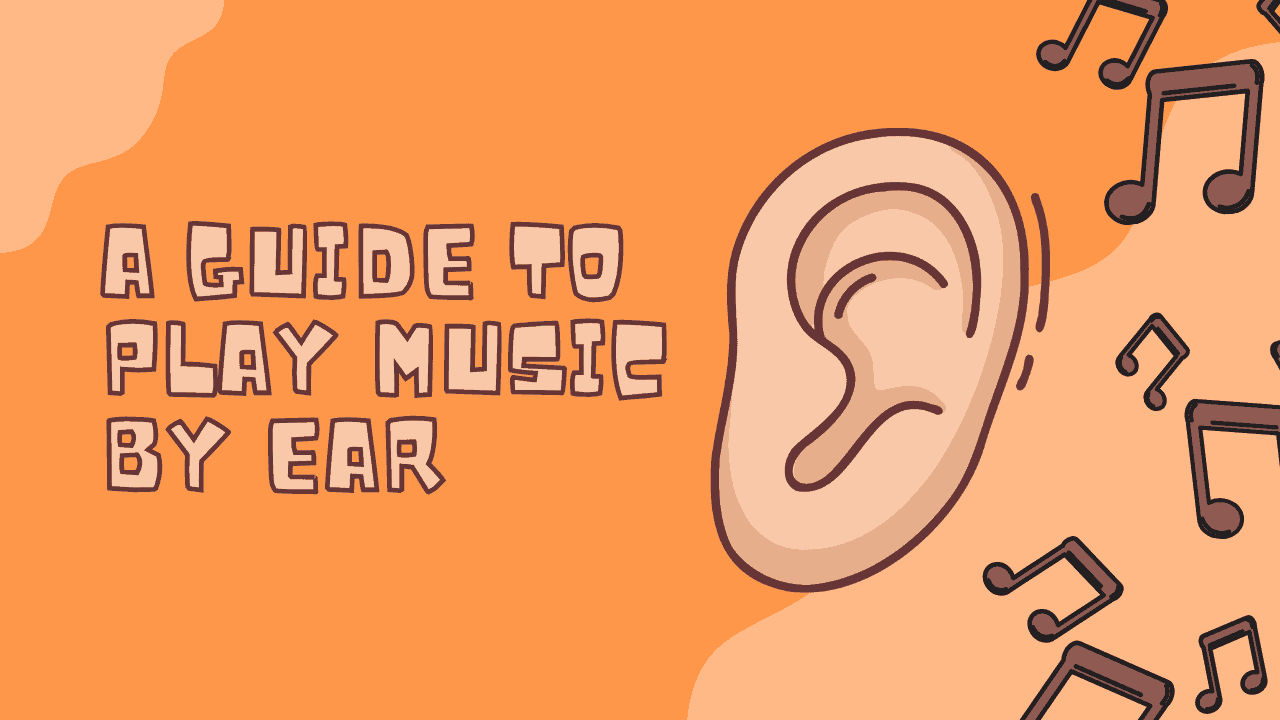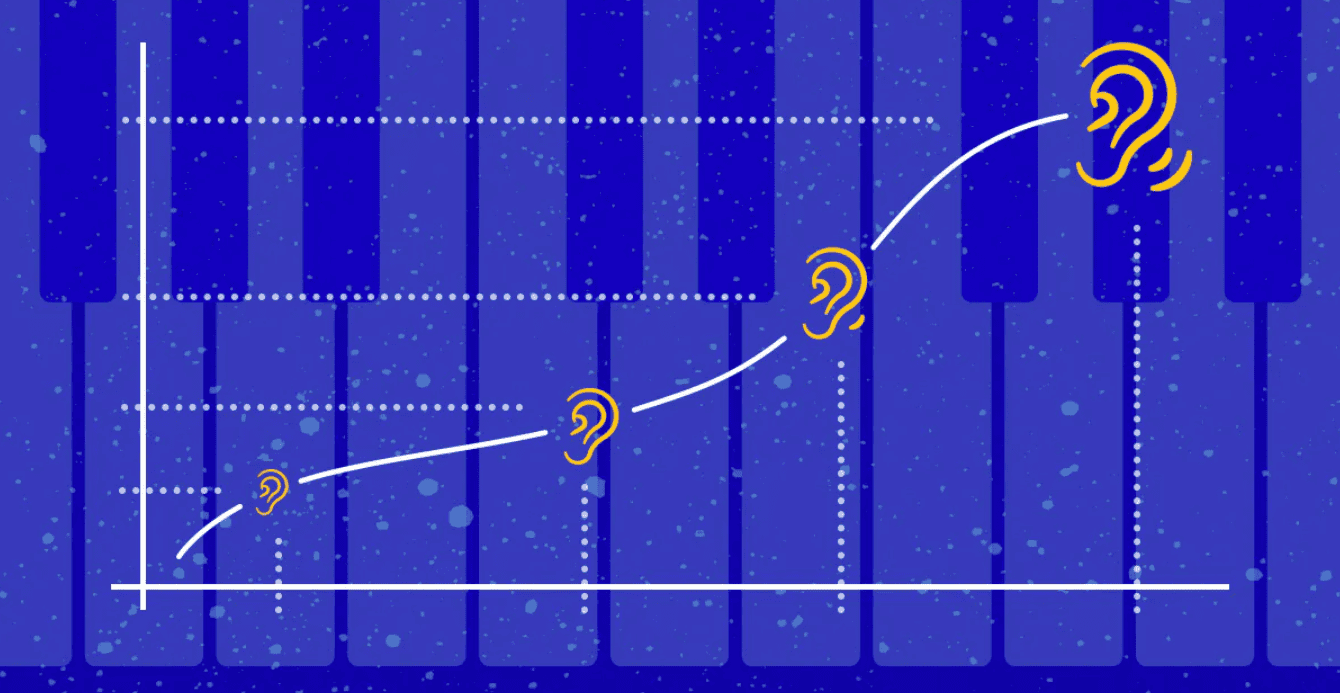Ear training stands out as a crucial skill for musicians to cultivate. While practicing your instrument, delving into music theory, and refining production skills are vital. Enhancing your ear can significantly unleash creative potential and overall musical proficiency. Despite its reputation for difficulty, ear training should not deter you from initiating the process of skill development. This article will demystify the basics of ear training and offer starting points for you to play music by ear. Let’s begin.
What is ear training?
Ear training involves recognizing musical elements solely by listening, covering intervals, rhythmic patterns, chord qualities, and other musical features.
It is a component of musicianship, contributing to fundamental skills like sight reading and melodic dictation.
Today, ear training extends to aural skills essential for music production, such as identifying frequency ranges for equalization.
Why learn ear training to play music by ear?
Ear training establishes an internal reference for notes, chords, and progressions in the music you play or compose.
It enables you to position yourself in the musical texture, identifying musical gestures as they unfold.
For those who enjoy instrument improvisation, ear training enhances the ability to execute ideas spontaneously.
Moreover, it aids in translating mental musical concepts into written compositions.
When working on a melody or progression, having a sense of what follows, ear training accelerates the process of transcription.
Ear training basics: Musical intervals
A musical interval represents the distance between two tones, measured in scale steps, forming the foundation of chords, melodies, and progressions. Identifying intervals by ear is a significant focus in ear training.
Typical exercises involve playing two tones consecutively.
The task is to promptly recognize the interval’s number and quality after hearing it.
This skill requires regular practice for improvement, and fortunately, numerous ear training apps are dedicated to assisting your skill development.
Musicianship skills
Address the fundamental aspects of musical practice.
Chord quality
In addition to intervals, the ability to identify chord quality when heard in isolation is crucial.
While it might seem straightforward for major and minor chords in root position, it becomes challenging with seventh chords, extensions, and inversions.
Learning to identify these chord types is the gateway to incorporating them into your music.
Promptly recognizing chords after hearing them is a common exercise in ear training.
Scale degrees
Knowing intervals and chords is essential, but you must also use your ears to determine your position in the musical scale.
Some exercises focus on identifying the scale of a note following one or more chords in a progression.
In these drills, you’ll hear a sequence of chords and then a bass note or chord root, requiring you to identify its degree within the scale.
Chord progressions
Building on previous exercises, identifying chord progressions by ear is the next challenge in ear training.
If you’ve ever desired to play a song by ear on your instrument, this exercise is for you.
Typically, exercises involve a given initial chord and a series of changes to be identified.
Ear training for producers
Traditional ear training benefits every musician.
However, today’s creators also need to develop their ears for production elements.
Identifying frequency ranges for equalization is a common skill needed.
Knowing which frequencies to boost for added air and sheen and which to decrease for clearing muddy sounds is essential.
Understanding the frequency spectrum in Hz is the best way to achieve this.
Additionally, hearing dynamics rather than sound texture is crucial for producers, especially for using compression and expansion correctly.
Various tools are available to help you train your producer’s ear.
How to learn ear training
Ear training is a fundamental aspect of traditional music education.
If you’ve experienced formal music instruction, you’re likely familiar with its teaching methods.
However, not every aspiring musician has the luxury of a personal teacher for dictation.
Enter ear training apps.
These digital tools provide self-guided ear training drills for extensive practice.
Moreover, ear training apps often adopt a gaming format, motivating users to progress to higher levels and achieve impressive scores.
Today, a diverse array of tools caters to different learning styles.
Visit our comprehensive guide to ear training apps for an overview of the top choices.
Train your ear to perceive
Ear training may be daunting for beginners, but there’s no need to fear when you grasp the fundamentals.
Once you embark on this journey, the noticeable improvements in your skills will keep you engaged.
If you’ve navigated through this article, you’re prepared to take the initial steps in your ear training journey.



